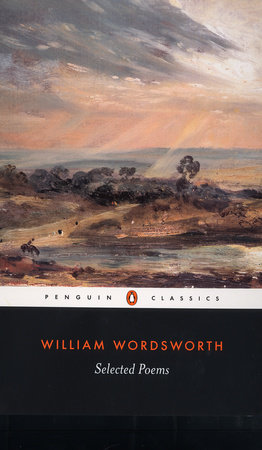


I think of the entry and exit poems in this collection as first person high lyric. Voyage of the Sable Venus is a long journey through thousands of years of art history, meditating of representations of black womanhood. Seldom does one come across a work of art that is so intelligent and expansive that it makes us pause and question and rethink and wait more and reimagine language and history and beauty and the self. Voyage of a Sable Venus demands the attention from its readers and will not grant entry to anyone who will not respect its enormity. This book needs the reader to study its form, do research on its content, and then reread the poems again. This book needs to be read in order from the first page to the last page. I mean to say, when you stand at the edge of the ocean it is hard to understand all of the depth and life and mystery that it holds. I do not mean to be rude, in stating that I originally struggled to enter this collection. Voyage of the Sable Venus demands the reader’s full attention. This collection is not something that can be half listened to at a poetry reading. This collection is not something that you can lazily flip through at a bookstore.

I say this because I think that it’s important to note. Again, I was interested in the poems but not exactly sure what all the hype was about. I heard her recite poems from the collection with her former teacher, Yusef Komunyakaa, at New York University. The second time that I encountered Voyage of the Sable Venus was the day after Robin Coste Lewis won the National Book Award. I flipped through the book’s pages, read a couple poems, and then moved on (walking out of the store empty-handed). The first time that I picked up Voyage of the Sable Venus by Robin Coste Lewis was shortly after its release, in a New York City bookstore. ‘Voyage of the Sable Venus’ by Robin Coste Lewis


 0 kommentar(er)
0 kommentar(er)
